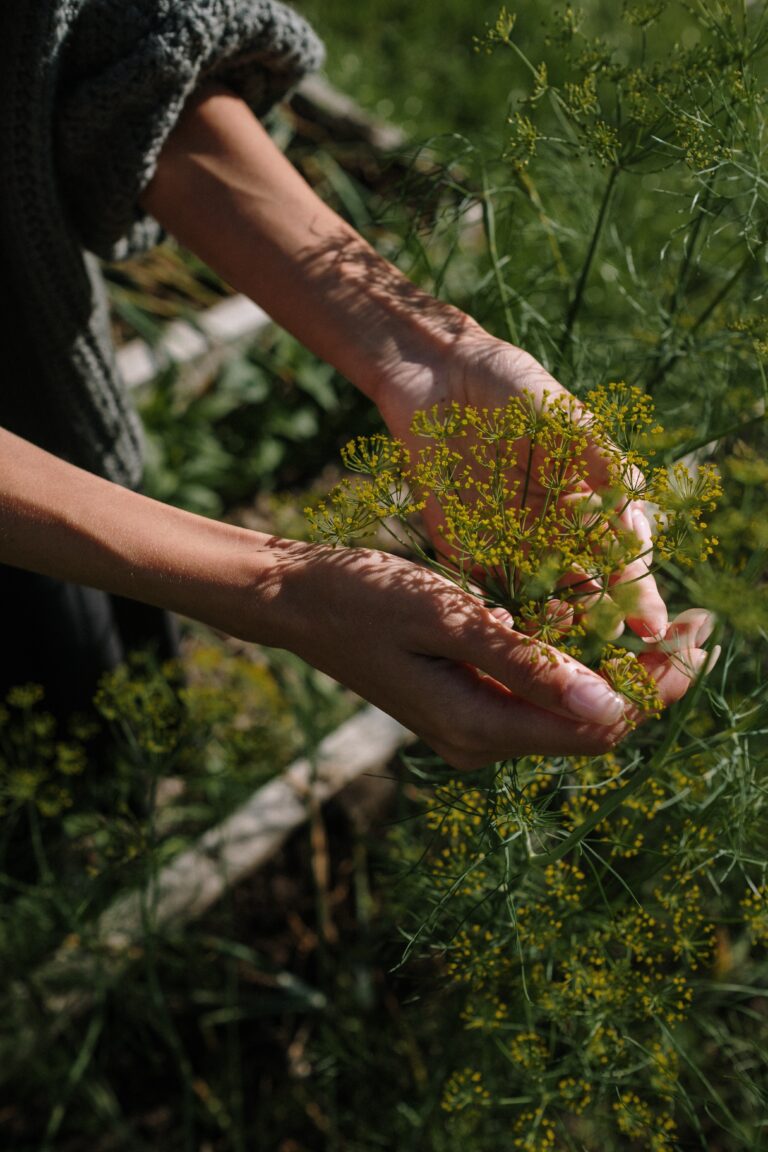
Introduction: Medicinal Garden
A medicinal garden is a delightful and practical way to incorporate natural remedies into your daily life. By cultivating medicinal plants like lavender, marshmallow, California poppy, calendula, and evening primrose, you can create a sanctuary that not only enhances the beauty of your outdoor space but also provides a wealth of health benefits. In this article, we will explore the fascinating properties and uses of these five remarkable plants, empowering you to harness their healing potential in your own medicinal garden.
- Lavender (Lavandula angustifolia):
Lavender is a versatile and widely cherished herb known for its calming aroma and therapeutic properties. This fragrant plant can be used to alleviate anxiety, promote relaxation, and improve sleep quality. Additionally, lavender possesses antiseptic and anti-inflammatory qualities, making it an excellent choice for treating minor skin irritations, burns, and insect bites. Considered a staple in aromatherapy, lavender oil can be extracted from the flowers and used for various applications, including massage, bath soaks, and diffusing.
- Marshmallow (Althaea officinalis):
Marshmallow, not to be confused with the sugary confection, is a medicinal plant rich in mucilage—a substance that forms a soothing gel when mixed with water. Traditionally used to alleviate coughs, sore throats, and gastrointestinal issues, marshmallow root can be prepared as a tea or used topically in poultices to reduce inflammation and promote healing. Furthermore, its demulcent properties make it an effective remedy for soothing skin irritations and burns.
- California Poppy (Eschscholzia californica):
The vibrant orange blossoms of the California poppy brighten any medicinal garden, but its benefits extend beyond aesthetics. This plant is renowned for its sedative and analgesic properties, making it a valuable herb for combating anxiety, insomnia, and nervous tension. California poppy is often prepared as a tea or tincture, promoting relaxation and aiding in achieving restful sleep. Its gentle sedative effects make it an ideal alternative to stronger sleep aids.
- Calendula (Calendula officinalis):
Calendula, also known as marigold, is an enchanting flower that offers a host of medicinal qualities. Its vibrant yellow and orange petals contain potent antioxidants and anti-inflammatory compounds, making it an excellent addition to skincare products and ointments. Calendula can help soothe dry, irritated skin, heal wounds, and relieve conditions such as eczema and dermatitis. Moreover, its antimicrobial properties make it useful for treating minor cuts and infections.
- Evening Primrose (Oenothera biennis):
Evening primrose, with its delicate yellow flowers, is a valuable addition to a medicinal garden. The oil extracted from its seeds is rich in gamma-linolenic acid (GLA), an omega-6 fatty acid with numerous health benefits. Evening primrose oil is often used to alleviate symptoms associated with hormonal imbalances, such as premenstrual syndrome (PMS), menopause, and skin conditions like eczema and acne. It also supports overall skin health and can be consumed as a supplement.
Conclusion:
Creating a medicinal garden with plants like lavender, marshmallow, California poppy, calendula, and evening primrose opens a world of natural remedies and health benefits right at your doorstep. By harnessing the power of these remarkable plants, you can enhance your well-being, promote relaxation, and address various common ailments. Whether used in teas, tinctures, oils, or topical applications, these medicinal garden plants offer a holistic approach. Check out Dr. Nicole Apelian story and her medicinal garden kit which include these mentioned herbs and others that you could have in your very own home.
What a wonderful idea. I am going to read up on these plants being grown in a container garden for those of us who live in condos.